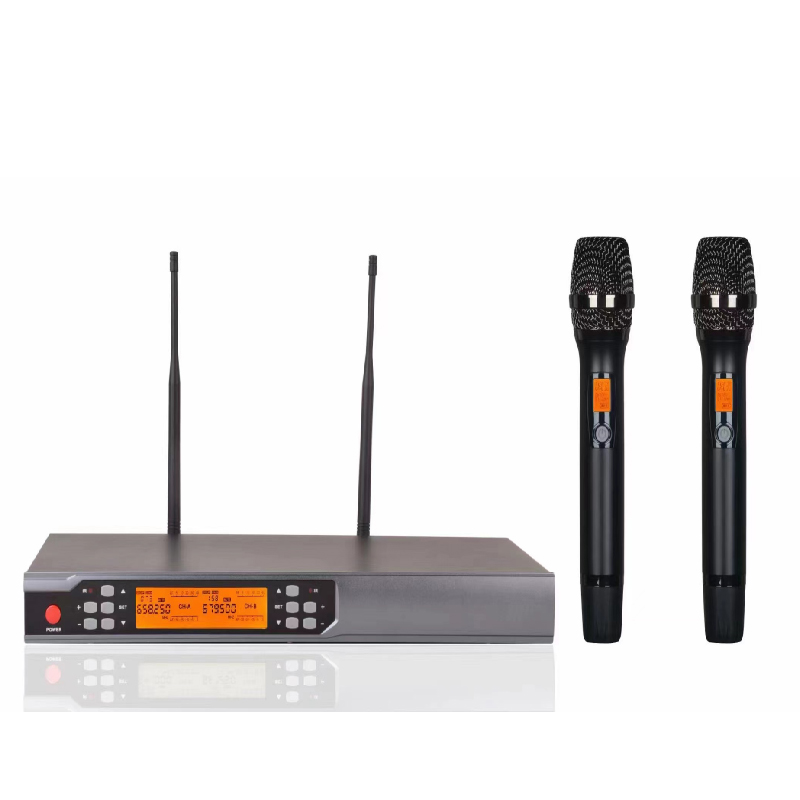The difference between KTV microphones and wired microphones is that KTV microphones can be divided into wired and wireless microphones, which are more convenient. The sound quality of wired microphones is more excellent and stable, so these two microphones also need to have their own advantages. Generally speaking, wireless microphones should be mainly suitable for professional indoor singing, personal audio systems, and other fields, while wired microphones are mainly used for outdoor recording and other complex environments or areas with strict requirements for sound quality transmission.
The wireless KTV microphone mainly uses several levels of spare circuits, and the signal carrier frequency for obtaining high-frequency signals is very fixed. They use phase-locked loop technology to obtain an adjustable frequency for high-frequency signal transmission. The Vsf wireless KTV microphone receiver is also made at a fixed frequency point.
When using KTV microphones, it is important to be careful not to hold two wireless microphones together, as handheld KTV wireless microphones are two devices that can produce some harmonic leakage. When the two wireless microphones are close together, they will be modulated by each other’s harmonics and cause interference, seriously affecting the transmission, reception, and sound quality.
When using a KTV microphone, if the microphone is directly facing the speaker, it forms a closed loop for the sound system and will generate positive feedback oscillation, which is inevitable. Therefore, do not directly face the speaker when using it. When using KTV microphones, do not hold your hand on the mesh head of the microphone, mainly because all the vertical strokes of the microphone have a certain degree of directionality. If you hold your hand on the upper part of the mesh cover, it will seriously damage the frequency response, and also cause phenomena such as focusing and recycling due to the aggregation effect of the palm.
When using a KTV microphone, do not hold onto the antenna transmission part of the microphone with your hand. Generally, its transmission circuit and wires are located at the bottom of the microphone. When you hold onto it, it will greatly reduce the transmission power and affect the reception effect. Do not keep the microphone and mouth too close. If you keep it at a distance of 5-10 centimeters, it will produce a sharp angle effect. If it is too far away, the sound will be very small and damage the sound quality.

